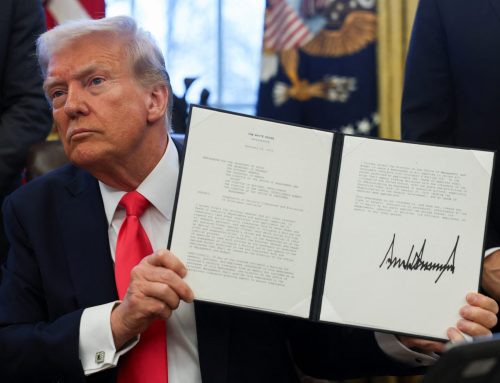Psychedelics Regulatory Maze: Navigating the State-Federal Conundrum
The expanding legalization of psychedelics for medical and therapeutic uses across various states in the United States is stepping into a complex regulatory terrain, one previously charted by the cannabis industry. This emerging scenario raises critical questions about the interplay between state autonomy and federal oversight in drug regulation. The issue hinges on the divergent paths taken by states to legalize psychedelics and the overarching federal framework that continues to classify these substances as illegal.
The Patchwork of State Regulations
The legalization landscape for cannabis and psychedelics is marked by a stark disparity between state and federal laws. Several states have pioneered the legalization of these substances, either for medical or recreational use. However, under federal law, both cannabis and psychedelics remain illegal, classified as Schedule I drugs under the Controlled Substances Act (CSA). This classification is indicative of substances considered to have a high potential for abuse and no accepted medical use.
This dichotomy has led to a patchwork of regulations across states, each crafting its unique set of rules and compliance measures. The diversity ranges from restrictive medical-only use to more liberal recreational legalization. Such disparities create a maze of regulations, causing confusion and potential legal pitfalls for businesses, practitioners, and consumers alike.
Conflicts with Federal Drug Law
The most glaring issue in this regulatory landscape is the potential conflict with federal drug law. State-legalized psychedelic programs are at odds with federal regulations that deem these substances illegal. This conflict poses significant risks for individuals and businesses engaging in state-legalized activities, as they could face legal challenges under federal law. The dilemma extends to medical claims about psychedelics and insurance coverage for their use, potentially leading to serious legal implications.
FDA’s Role and Potential Intervention
The Food and Drug Administration (FDA), as the federal body regulating drugs in the U.S., is likely to play a pivotal role in the future of psychedelics. Any drug claimed to have medical benefits must undergo the FDA’s stringent approval process. The agency’s recent actions, such as issuing warnings to Georgia pharmacies over cannabis products, demonstrate its readiness to enforce federal regulations, regardless of state laws.
A notable development in this context is the potential bifurcation of psilocybin scheduling. The FDA’s approval of specific psychedelic formulations, like Compass Pathways’ synthetic psilocybin, could lead to a split where only FDA-approved products are legally marketable, leaving state-manufactured, natural psilocybin products in a legal limbo.
The FTC’s Role in Oversight
The Federal Trade Commission (FTC) collaborates with the FDA to oversee and regulate medical claims. The FTC has historically taken action against unfounded medical claims by supplement manufacturers, indicating that a similar approach could be applied to the psychedelic industry.
The trajectory of psychedelics legalization is mirroring the cannabis industry, presenting a complex blend of state initiatives and federal restrictions. This scenario has led to a fragmented regulatory landscape, with businesses and individuals navigating a legal minefield. The looming possibility of FDA intervention and the continued illegal status of psychedelics under federal law highlight the urgent need for a unified regulatory framework.
The growing body of evidence supporting the therapeutic potential of psychedelics raises critical questions about federal inaction. As we advance, the call for sensible regulatory reforms grows louder, advocating for a framework that prioritizes safety, access, and the destigmatization of these substances. The future of psychedelics, though uncertain, hinges on the balance between state innovation and federal oversight, aiming for a regulatory environment that fully harnesses the potential of these transformative substances.


































